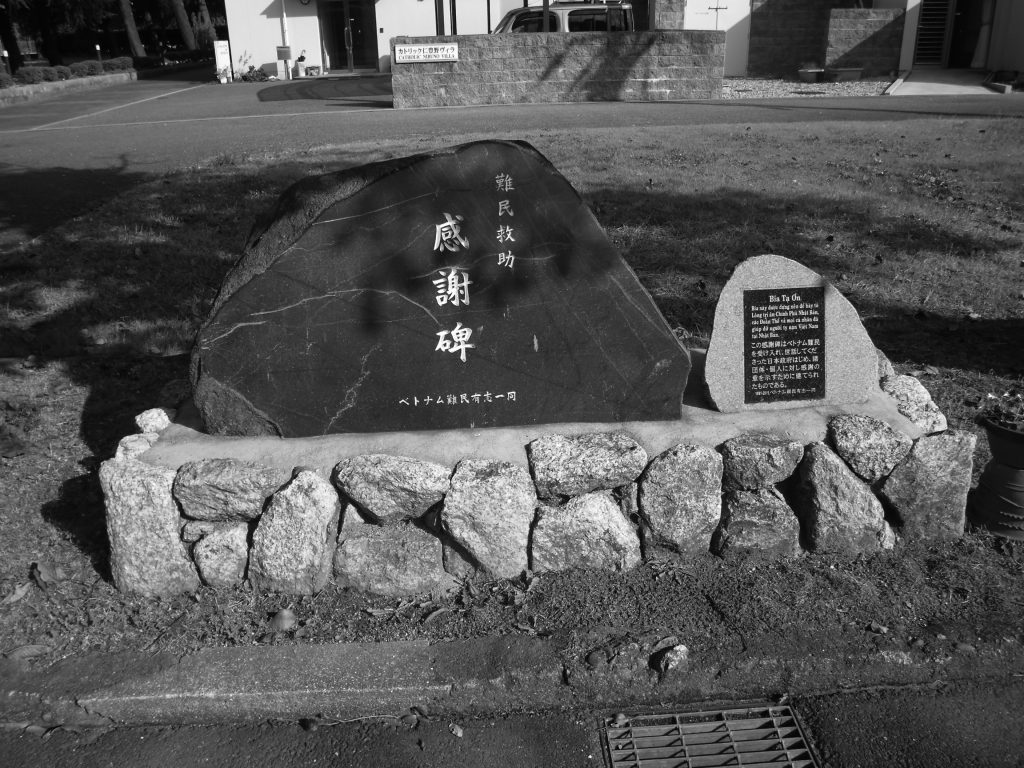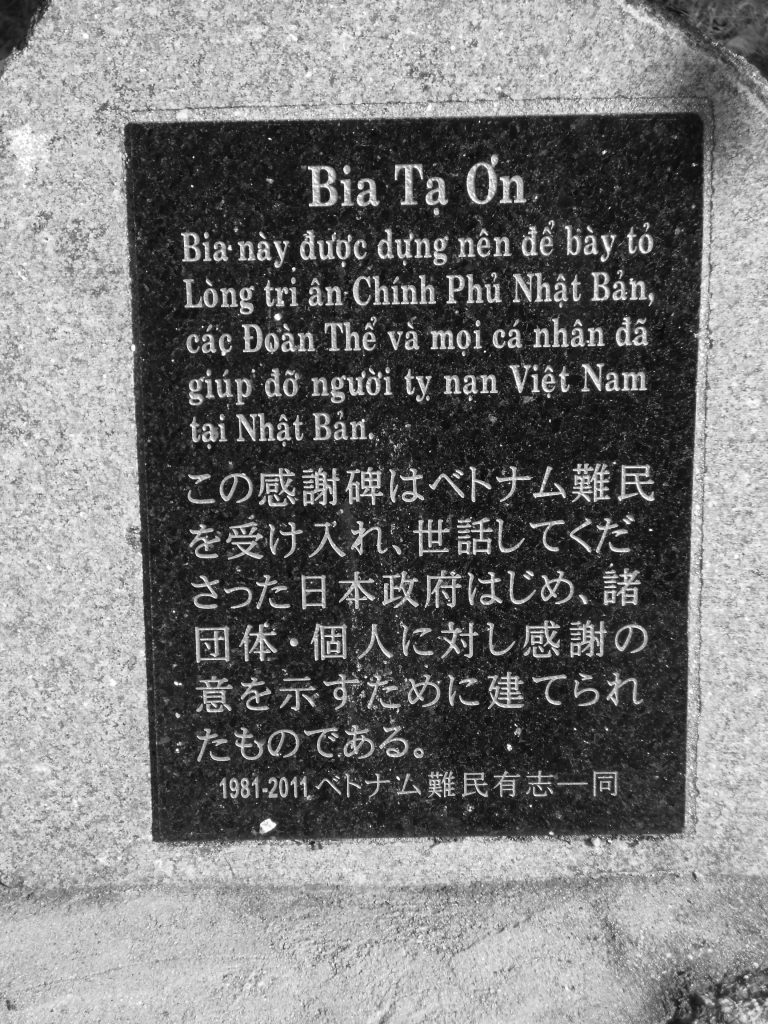The first boat people came to Japan’s shores in May 1975, and were permitted to stay temporarily. This was followed by wave after wave of boat people, resulting in the Japanese government allowing the resettlement in Japan of Vietnamese refugees (boat people) three years later in 1978 upon Cabinet approval. In 1979, a framework for resettlement of 500 people was established, with permission for resettlement in Japan given to Indo-Chinese refugees temporarily staying in refugee camps in the Asian region and people who had lived in Japan as exchange students prior to the political upheaval.
This framework was gradually expanded by the government, and in December 1994 the framework, which then stood at 10,000 people, was removed completely.
In order to enhance and strengthen the measures for Indo-Chinese refugees, the Japanese government created in the Cabinet the Liaison and Coordination Council for Indo-Chinese Refugees and Displaced Persons in July 1979 for conducting programs to promote resettlement. The responsibility for this was entrusted to the Foundation for the Welfare and Education of the Asian People, which is under the jurisdiction of the Ministry of Foreign Affairs, and the Refugee Assistance Headquarters (RHQ) was established within the Foundation in November of the same year.
In order to provide Japanese language education, health care and job referral services to refugees wishing to resettle in Japan, the RHQ then set about establishing the Himeji Resettlement Promotion Center (Himeji Center) in Himeji, Hyogo prefecture in December 1979, and the Yamato Resettlement Promotion Center (Yamato Center) in Yamato, Kanagawa prefecture in February 1980. Upon Japan becoming a signatory to the Refugee Convention in 1981, the Omura Refugee Reception Center (Omura Center) was opened in February 1982 in Omura, Nagasaki prefecture, to provide temporary asylum for boat people. Boat people who had come ashore at the various ports around Japan stayed in this Center for several months where they received medical examinations and were interviewed by organizations such as the United Nations. In April 1983, the International Refugee Assistance Headquarters was opened in the Shinagawa district of Tokyo in response to the increase in boat people arriving and the lengthy time refugees were staying at privately run refugee camps.
With more and more of the boat people coming in search of work from 1986, and the increase in the number of long-staying people in refugee camps that did not fulfill third-country resettlement criteria, the Comprehensive Plan of Action (CPA) was adopted at the United Nations sponsored International Conference on Indo-Chinese Refugees in June 1989. This saw the introduction of screening of newly arrived boat people, with the voluntary repatriation of those not officially recognized encouraged. A dramatic reduction in the number of boat people ensued, and with the Indo-Chinese nations stabilizing the decision was taken in February, 1994, to discontinue the treatment of boat people as refugees. As of March that year, Japan also treated those persons landing directly in Japan without valid passports as illegal immigrants. Against this backdrop, the Omura Center was closed at the end of March 1995, the Himeji Center in March 1996, and the Yamato Center in March 1998. In the meantime, the Kansai Branch of the RHQ was set up in 1996 in Kobe, Hyogo prefecture, to provide follow-up services to the many Indo-Chinese refugees who had settled in western Japan, and liaise and coordinate with relevant organizations.
Following this, the main focus was on bringing out family members left in Vietnam under the Orderly Departure Program (ODP). The International Refugee Assistance Headquarters provided these people with Japanese language education and job referral service, etc.
Source: Refugee Assistance Headquarters







